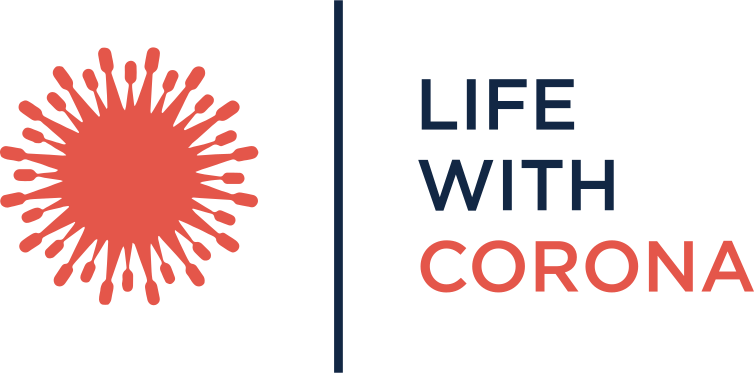From a humanitarian and programmatic perspective, the early identification of (future) famine and other severe manifestations of food insecurity is highly desirable. The earlier the onset of such food shocks can be identified, the earlier humanitarian programmes can be rolled out to mitigate such crises. This is particularly important due to what we consider the “dual gap” that occurs when food insecurity is deemed too severe to be viewed as a development problem but not, yet, severe enough to be a humanitarian problem. In that scenario, there is both a lack of information and analysis and a lack of funding to prevent a worsening of food insecurity. Almost ironically, locations in such situations may receive less support towards countering food insecurity than places with chronic but non-acute food insecurity. In other words, the analytical and programmatic toolkit to prevent rather than to treat food insecurity is still woefully lacking. This dual gap is further complicated by the political economy of food insecurity, where the declaration or not of a food security crisis may harm or benefit different actors material, political or reputational standing. Given these considerations, there is an element of discrete and indeed subjective choice in declaring a crisis and hence in triggering a surge of funding, which in turn may have an opportunity costs for other crises as resources are very limited. Actors hence may tend towards caution, weighing type I risk against type II risk, possibly leading to an under-provision of support for people and regions suffering from severe food insecurity. In this White Paper, we propose a range of data collection processes, each of which aims to capture – at the earliest possible point in time – when a household or region might enter a period of acute food insecurity; and to then confirm whether or not such a situation constitutes a food crisis. To do so, we consider four related questions: How can trends in food insecurity be captured both accurately and in a timely fashion? At which point does declining food security potentially become a crisis? How can data be collected that confirms whether or not a region is in crisis or is facing a crisis? What data should be collected to confirm this?
Project Details
- Project Year/s: 2018 · 2019
- Donors: The World Bank Group
- Partner/s: IDS
- Region/s: Global · Sub-Saharan Africa
- Theme/s: Humanitarian Emergencies · Shocks & Livelihoods
- Research Topic/s: Disasters & Emergencies · Food Security & Nutrition · Institutions & Fragility · Violence & Conflict
- Method/s: Crowd-based Data · Spatial Data Analysis · Systematic Review





